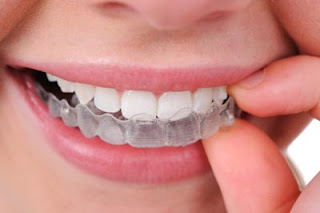Periodontal Disease and Non Surgical Treatment
The first non-surgical step usually involves a special cleaning called 'scaling and root planing' to remove plaque and tartar deposits on the tooth and root surfaces. This procedure helps gum tissue to heal and periodontal disease pockets to shrink. This is sometimes referred to as 'periodontal cleaning' or 'deep cleaning'. The Seminole Dental in Texas City is conveniently located near MS Doss City Park and Seminole Hospital District is a low cost dental and affordable dentist near you.
Periodontal Disease and Medication
Participating dentists may also recommend medications to help control infection and pain, or to aid in healing. These medications could include a pill, a mouthrinse or a substance that the participating dentist places directly in the periodontal pocket after scaling and root planing.
Periodontal Disease and Surgical Treatment
At the next visit, a participating dentist checks the pocket depth to determine the effect of scaling and root planning. At this point, many patients do not require any further active treatment, only preventive care. If the periodontal pockets are deep and the supporting bone is lost, surgery may be necessary to help prevent tooth loss. You may be referred to a periodontist, a dentist who specialtises in the treatment of diseases that affect the supporting structures of the teeth the gum and bone tissue for treatment.
When periodontal pockets do not heal after scaling and root planing, surgery may be needed to better remove inflamed tissues and reduce the damage to the bone that has formed around the teeth. As the pockets enlarge, they provide a greater place for bacteria to live and attack the bone and tissue.
Surgery allows a participating dentist to access hard-to-reach areas under the gum and along the roots where tartar and plaque have accumulated. Eliminating this bacterial stronghold and regenerating bone and tissue help to reduce pockets and repair damage caused by the progressing disease.
Periodontal Disease and Bone Surgery
A participating dentist may recommend additional procedures. Bone surgery including bone grafts is used to rebuild or reshape bone destroyed by periodontal disease. Membranes (filters), bone grafts or tissue-stimulating proteins may be used to encourage your body's natural ability to regenerate bone and tissue.




Comments
Post a Comment